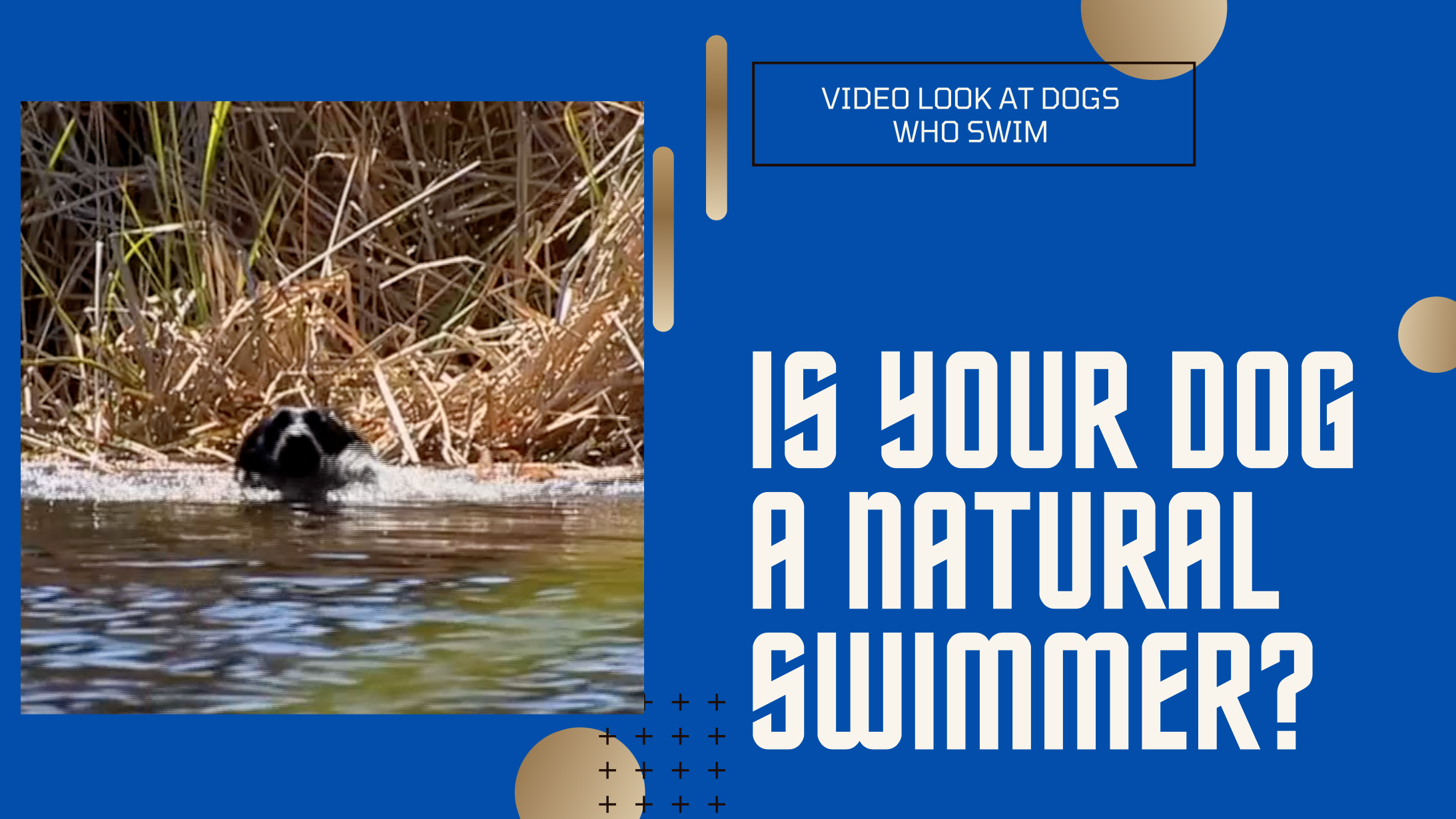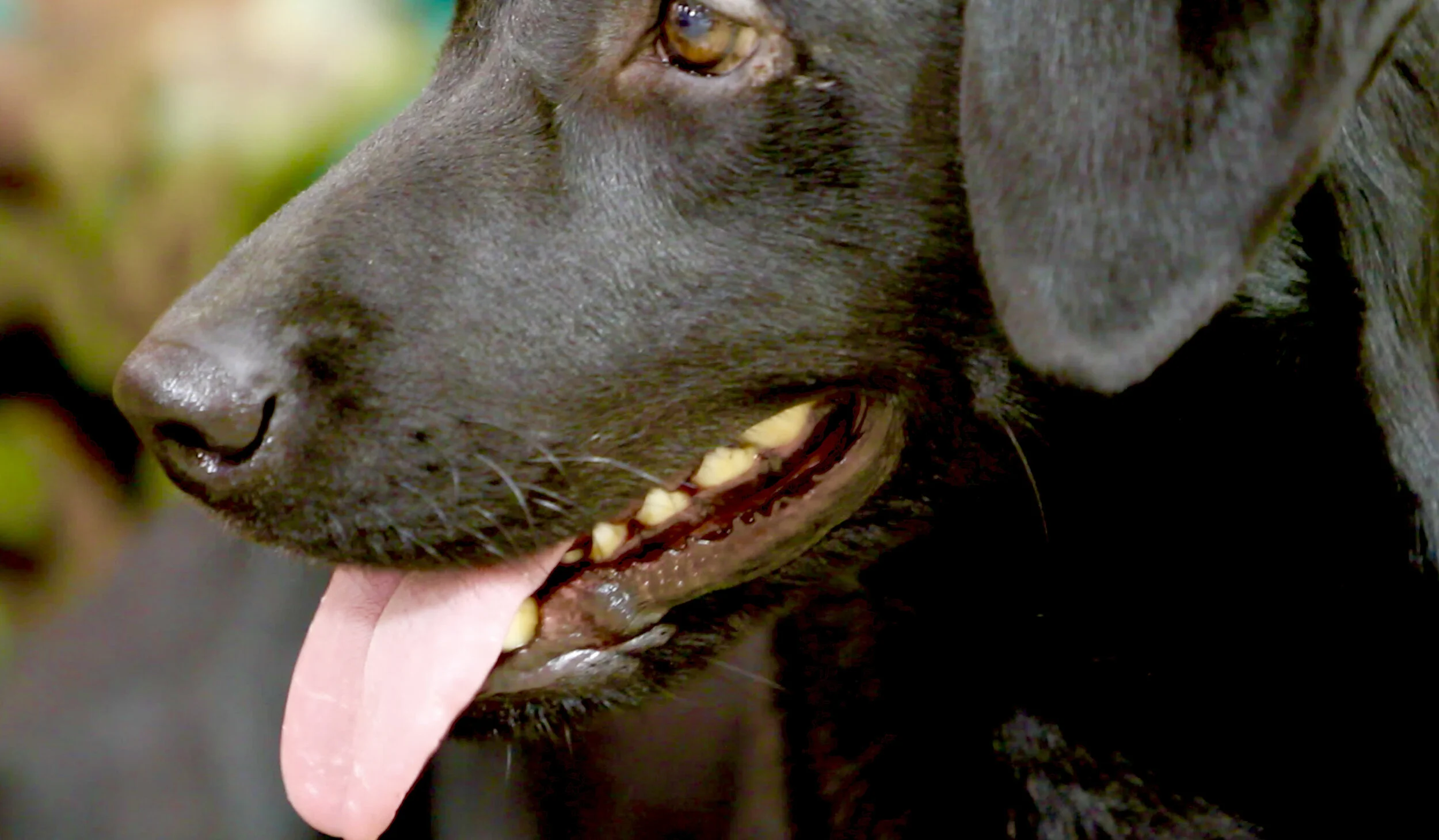6 Essential Tips for Hiking with Your Dog
Photography: Caroline Fenton
I’ve learned a lot from my long association with national clubs like the AKC, especially about regular dog exercise.
Responsible dog owners love to hike outdoors with their four-legged companions and seldom is there a problem. But while our beautiful wilderness looks safe enough, the wild outdoors can become life-threatening in an instant.
Let's start with the ordinary things you and your dog might encounter like ticks, painful thorns, and poisonous snakes. Expect to discover these at some point in your hike. That’s why having a small emergency kit for your dog is critical before you set out.
A paw injury, heat exhaustion, or any number of things can turn what was supposed to be a fun hike into a disaster if you have to take your dog to the Veterinarian. Trust me, it happens.
Here are 6 Essential Tips that I have learned along the way.
For more information on dogs and hiking, educate yourself with any of the websites I've listed in the references at the bottom of the page.
1) Watch the Weather
Never hike with your dog on a hot day. Heat-related issues are sometimes life-threatening without immediate treatment. Overheated dogs can suffer heat stroke or sudden death from cardiac arrhythmias. Always start by hiking or traveling in the coolest part of the day like the morning hours and bring lots of water to prevent dehydration, and be sure to bring a collapsable drinking container. Dogs sweat from the pads of their feet, not their body like us, so it’s very difficult to see when a dog is overheated. Panting is just one sign that a dog is getting overheated. If you are hiking on asphalt or cement trails, be sure to touch the ground with your palm. If it’s hot to the touch, stop and turn around. Look for areas that are shaded along the trail for periodic rests. While even the fittest dogs can handle the exercise, never take a dog on extremely long hikes. It’s best to keep your hiking to easy trails on smooth surfaces whenever possible.
2) Check the Paws
Paw injuries are very common outdoors. Just like you or I, dogs can get blisters. Yes… blisters are painful to dogs too! Hiking booties for dogs are extremely popular and will help prevent blisters and reduce the likelihood of injury due to thorns, sharp stones, and other elements. However, not all booties on the market are made the same, and quality and fitment should be your number one concern. A dog’s paw and pad are the most sensitive area on their body, and whatever you do, don’t force it on. If a dog rejects the booty, try again and make it fun by using a small treat. Sometimes it takes some practice at home before the dog understands what you are attempting to do with the booty. If the dog’s paw pads are cracked and hard, try using a lanolin-rich pad ointment before the hike. This type of pad ointment softens the dog’s paw pads and can protect any wounds once applied. It’s especially good at making the pads more pliable and less sensitive to small rocks and debris found on the trail. Also, ensure that your dog's nails are properly trimmed before hiking.
3) Carry First-Aid Kits
I always have at least two first aid kits with me. One for me and the other for the dog. Make yourself a carry-along first aid kit for your dog, it's easy. It should contain products like bandages, sterile saline, eyewash solution, wound disinfectant, cold packs, moist towelettes, and the phone numbers to your Vet and Poison Control Center. There are many sites that offer a complete list of what to bring with you. I make these small enough to fit into a quality dog backpack or in my backpack. These dog backpacks are great for carrying a small supply of water and food, too.
4) Use Good Trail Etiquette
One of the most important things about hiking with dogs is to keep them under control at all times. Not only can they be spooked by other animals on the trail, but a dog might also wander off and stumble on a snake, or find itself face-to-face with a bear, wolf, or coyote. Dogs should always heel by your side on a solid leash measuring no more than 6 feet long. A sturdy flat buckle collar is adviseable. Always bring along plenty of doggy bags, too, and pack out what you pack in. If hiking in our national or state parks you should check in with the ranger stations at your park before starting out on a public trail. Dog’s are always allowed to travel the trails. If you encounter another dog or even a wild animal on the trail, immediately sit your dog, and distract the dog with a treat. Never allow your dog to pull on the leash and hope of chasing the other animal. Let the animal or other dog pass by you and keep a good grip on the leash (near the collar). Once the potential threat is gone, reward your dog and move on. Using good trail etiquette and having a plan of escape are two things that can save your dog from injury or worse.
5) Get Ticked Off
Ticks are a normal part of the wild, they live in areas thick in foliage and they often attach themselves to a dog, who might rub against the brush they are hiding in. Ticks are also the worse in the summer months. Always make a tick remover tool part of your first-aid kit. Ticks can be very painful to dogs and if they go undetected they can cause serious health issues and even lead to paralysis. Two of the diseases people are familiar with are Lyme disease and Rocky Mountain spotted fever. Months before heading on your outdoor adventure with the dog get started on a regular dose of flea and tick medicine, which is sold over the counter at any pet supply shop. While this is typically enough to prevent ticks from attaching to your dog, it doesn’t always work and you will still need to check your dog thoroughly after every hike.
6) Paperwork and Micro-Chip
Ensure that you have all your dog's paperwork with you whenever you travel and that includes certifications for vaccinations and rabies shots. If for any reason you need to kennel your pup, while you hit the trail, these papers will be required. Also ensure that your dog has been micro-chipped just in case the dog gets lost and that you have the number handy.

































